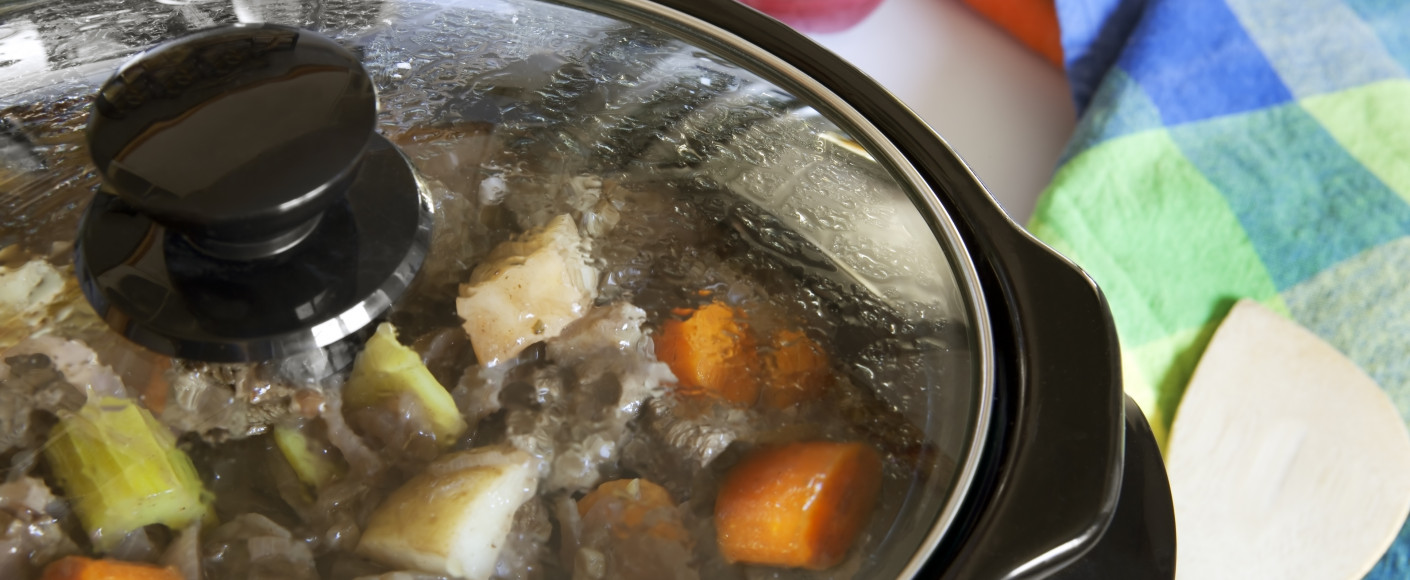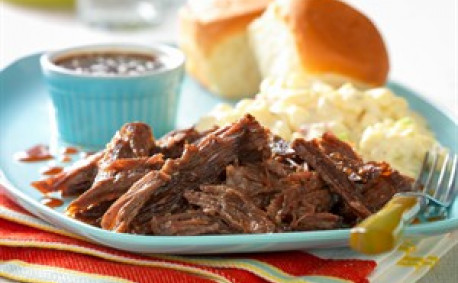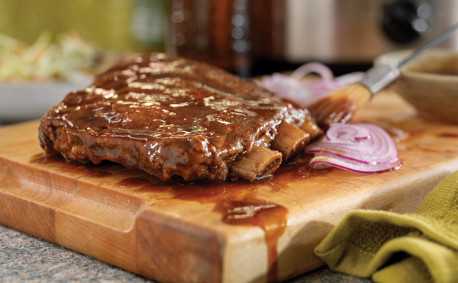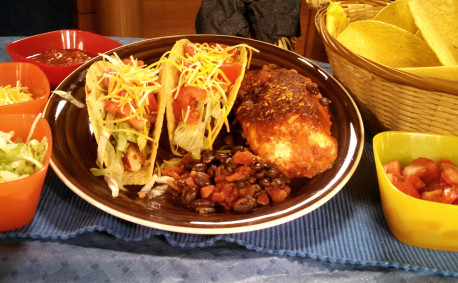Spotlight on Slow Cookers
The air is getting cool and crisp, the hours of daylight are dwindling—yes, it’s that time of year: It’s slow cooker season! We don’t know what it is about fall and winter that makes us turn more and more to the slow cooker. Perhaps it’s because we want to come home to a warm, hearty meal as temperatures drop. Or perhaps it’s because we don’t want to start cooking dinner when it’s already dark outside—we want it to be done, now!
What we do know is this go-to kitchen appliance seems magical. Simply add a bunch of ingredients, go about your day, and when suppertime rolls around, you have a ready-to-eat, home-cooked meal and a kitchen that smells wonderful. So, what makes the magic happen?
Slow cookers use moist heat to cook food. Low-wattage coils in the casing heat the ceramic insert, which creates condensation. The condensation is trapped in the appliance, thanks to the lid, so the liquid in the dish and the condensation act like a combination of steaming and basting.
Not only do slow cookers cut down on active cooking time (something we really appreciate on busy days), but they can also help cut down on electricity bills. Slow cookers are energy efficient. They are low-wattage, and the closed environment retains heat. Although we love them in fall and winter, they are also great during summer because they don’t heat up your kitchen like a stove or oven would. (This means they can also save you on air conditioning costs—bonus!) Plus, because they can make even the toughest cuts of meat (which are usually the cheapest) tender and juicy, they can save you money on your grocery bill.
While cooking techniques vary—some folks roll with set-it-and-forget-it, while others swear a little extra prep like browning meat or microwaving certain ingredients first makes a big difference—here are a few tips for successful slow cooking:
- Don’t open the lid. We know it’s tempting! Feel free to peek into the clear glass lid to check progress, but opening the lid will release the condensation that contributes to the moist heat.
- Use fresh vegetables. Canned or frozen vegetables cook faster, so when left to stew for hours on end, they can overcook. If you must use canned or frozen veggies, wait until the end of the cooking cycle to add them. (It’s OK to open the lid for that.)
- Add dairy products toward the end of cooking. Otherwise, they curdle if exposed to prolonged heat.
To add some variety to our menu rotations, we’ve asked some Kansas farmers for their favorite slow cooker recipes. Check out these mouth-watering ideas to help you save time and money!
More About
- Interesting fact: Slow cookers are energy efficient. They typically use less energy than it would take to cook the same meal using other methods and produce less ambient heat.
- Interesting fact: Slow cooker meals are generally lower in fat because they don’t require added oils like meals prepared on a stove would.
- Interesting fact: Not just for stews and chili! You can make breads, pasta and desserts in slow cookers.
- Likes: Turning tough cuts of meat into tender morsels.
- Likes: Saving active, hands-on prep time.
- Dislikes: Being in a hurry.




